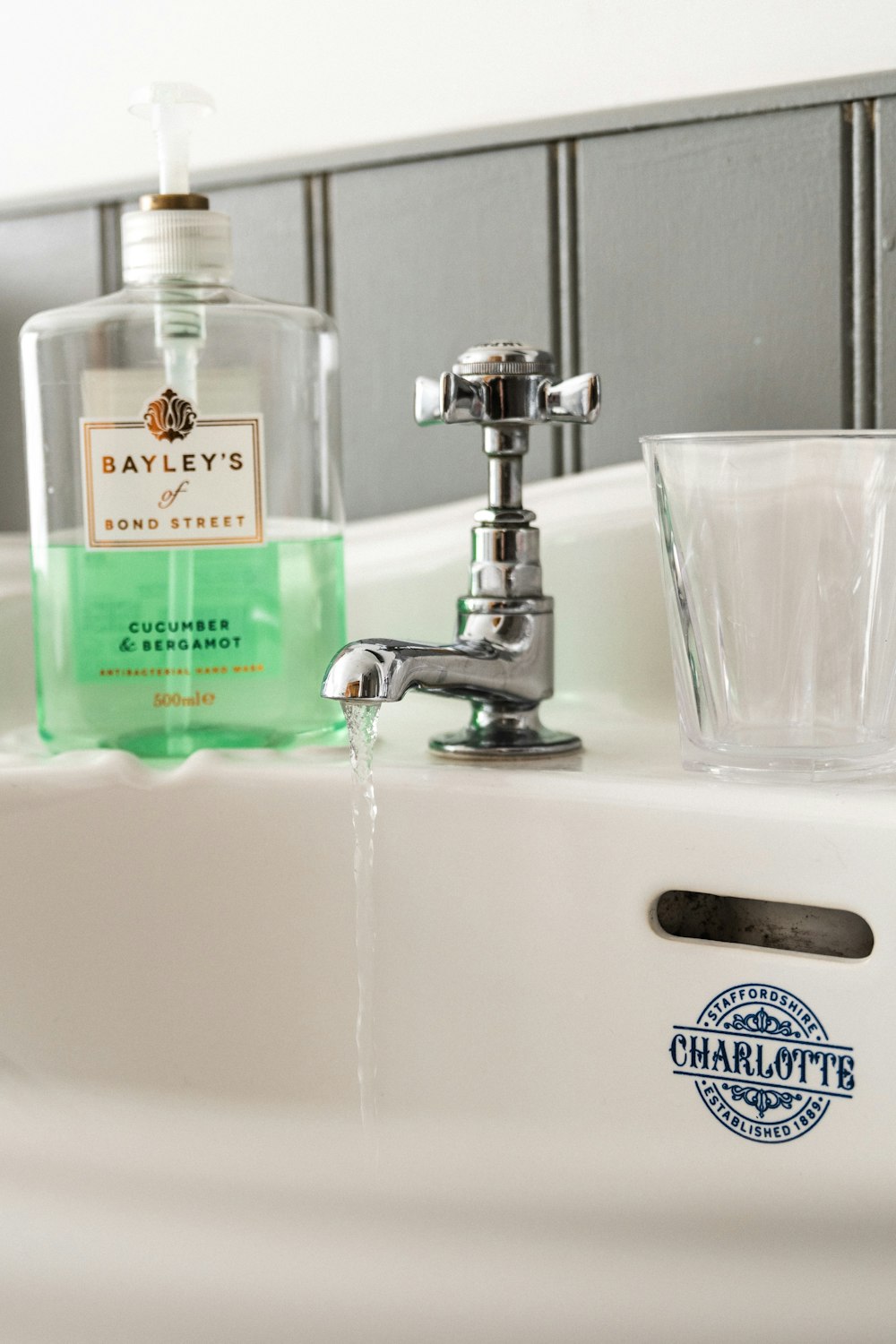CPAP machines play a vital role in mitigating obstructive sleep apnea. By providing a continuous flow of pressurized air, they keep your breathing passages open throughout the night, preventing the interruptions to sleep that can have a severe negative impact on your quality of life.
However, just like you wash your clothes each week, your CPAP equipment also requires consistent cleaning. Failure to take care of your CPAP equipment can actually put you at increased risk of respiratory illnesses.
Here’s a closer look at why CPAP cleaning is important, as well as how you can keep your equipment sanitary.
Why CPAP Cleaning Matters

Cleaning your CPAP machine doesn’t just protect your health — it is also vital for preserving the useful life of your equipment. Most modern CPAP machines use a humidifier to enhance the comfort and effectiveness of sleep apnea treatment. The humid air, combined with your own respiration, results in moist conditions inside the CPAP mask and tubing — not to mention the humidifier water chamber.
If you don’t clean your CPAP mask and tubing, the humid conditions will create the perfect environment for mold and bacterial growth. The musty or foul odor will make wearing your CPAP mask at night quite unpleasant, to say the least. However, this exposure to mold and bacteria will increase your risk for allergy symptoms, sinus and respiratory infections, and even pneumonia.
Failure to clean the water chamber and other CPAP components can result in mineralization within the device, particularly if you live in an area with hard water and don’t use distilled water. This crusty layer can even result in premature breakdown of your equipment. Not surprisingly, as with many other devices, regular cleaning is considered essential maintenance. If your CPAP machine fails because you didn’t clean it regularly, the warranty will likely be voided.
Standard Cleaning Procedures

It is generally recommended that you clean your CPAP machine’s mask, tubing, and water chamber each day. This is especially true if you are using your CPAP equipment while sick. Failure to clean could trap the bacteria that you exhale, continually exposing you to the same germs that made you sick.
Standard CPAP cleaning doesn’t require any special equipment, though the process can be somewhat more involved. Start by unplugging your CPAP machine and disassembling the CPAP. Disconnect the mask and tubing. Remove the water chamber. Once per week, it’s a good idea to wipe down the outside of the CPAP machine with a soft, damp cloth to clean up dust.
After the external CPAP components have been disconnected, fill a sink with warm water and add antibacterial dish soap. Do not use bleach or other powerful cleaning solutions, as these could irritate your lungs. Place the mask, tubing, and water chamber, as well as any headgear or connectors in the water, and let them soak for half an hour. If you don’t have time to soak, you can scrub the components with a soft cloth while they are in the water. Specialty scrub brushes are also available to help you reach the entire interior of the CPAP tubing.
The parts should then be placed on a towel to air dry. However, the tubing should be hung over a towel rod or shower curtain rod with both ends pointed toward the floor. This keeps water from getting trapped inside the tubing. Once everything is dry, you can reconnect the parts to your CPAP machine. The cleaning is also a good time to replace any disposable filters.
Easier Cleaning Solutions

If hand-cleaning your CPAP equipment each day seems hard to fit into your busy schedule, there are fortunately more hands-off solutions available. CPAP sanitizing devices allow you to take a true “set it and forget it” approach to cleaning your CPAP equipment.
CPAP cleaning equipment uses activated oxygen, or ozone, to eliminate over 99 percent of all bacteria that has accumulated on your equipment. While the exact usage requirements vary from device to device, these machines generally allow you to simply place your CPAP mask inside a specialty chamber. You don’t need to disconnect the mask or tubing from the CPAP machine, as the ozone will flow from the cleaning device through the mask and into the tubing.
After connecting your CPAP mask and tubing to the sanitizing device, simply push a button to start the cleaning cycle and you’re good to go. Sanitizing cycles generally last around half an hour, after which the device will turn off automatically. When you come back, you can simply remove the mask and tubing from the sanitizing device, and they will be ready for you to use again.
Get the Equipment You Need From Help Medical Supplies
Whether you need a brand new CPAP machine or you’re interested in a specialty CPAP sanitizer, there is no denying that purchasing everything you need to manage sleep apnea can be expensive. This is especially true if your insurance doesn’t provide adequate coverage for CPAP equipment.
This is where Help Medical Supplies comes in. In addition to offering CPAP machines from leading manufacturers like ResMed, we also sell high-quality sanitizers like the VirtuClean CPAP Mask Automatic Cleaner and the SoClean 2 Automated CPAP Cleaner and Sanitizer. Many products are available at significant discounts off MSRP, and free shipping is available for all orders of $89 or more.
Combined with valuable financing options, and it’s never been easier to get the CPAP equipment you need to manage your sleep apnea — and to keep it clean and sanitary.

